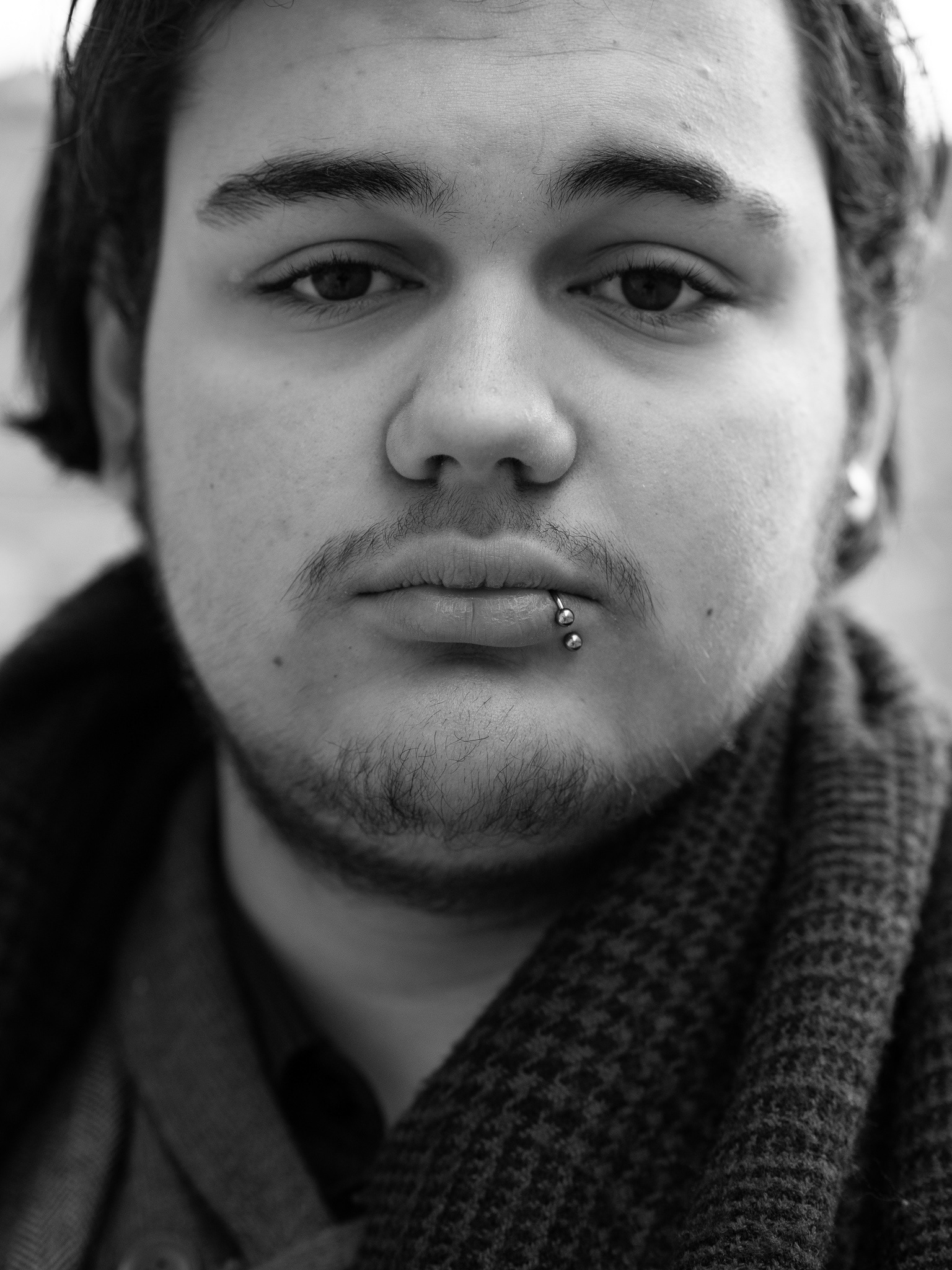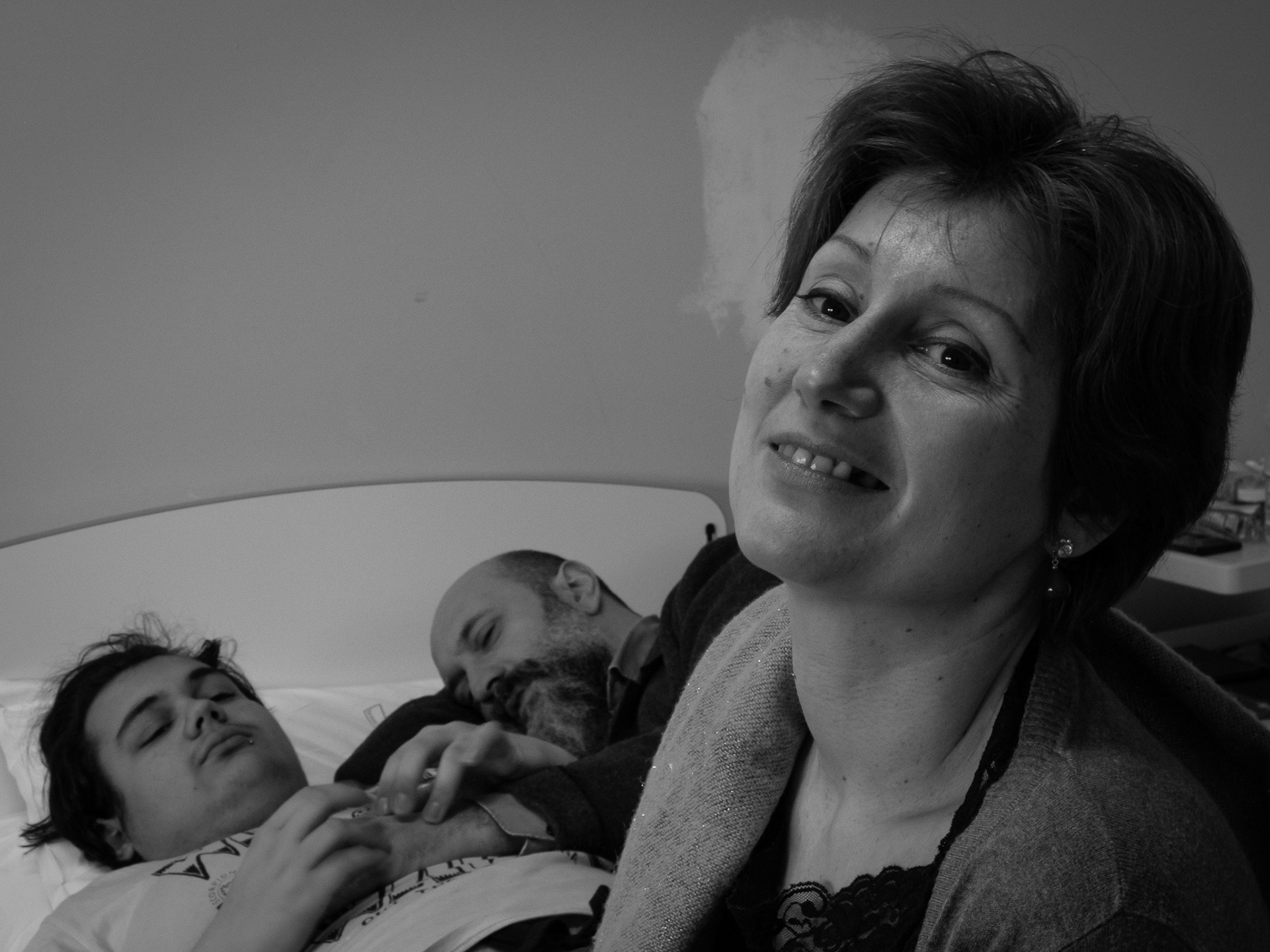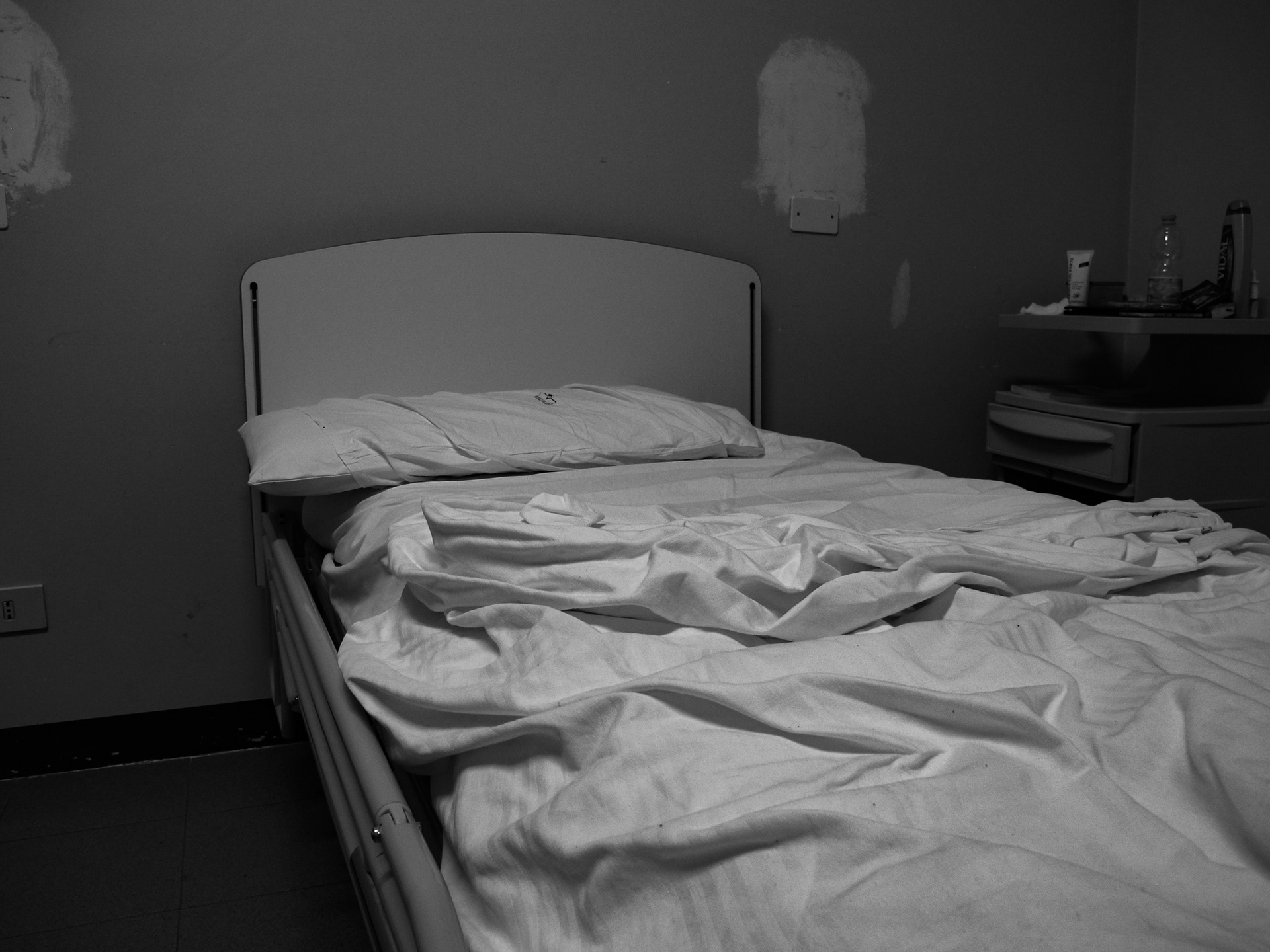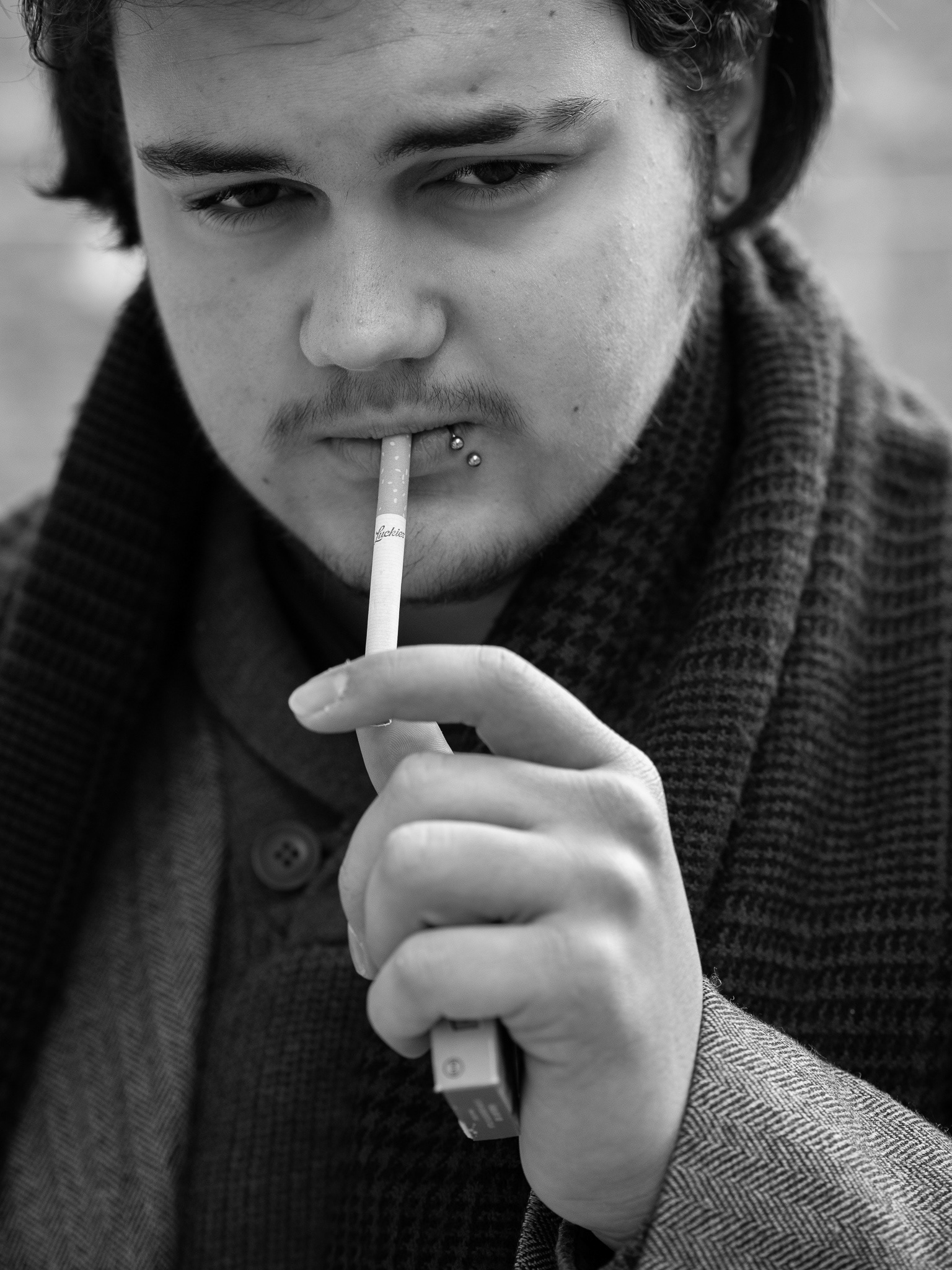Castle of Castell'Arquato
Music by me
Fair of Cremona
Exposed inclosure
Animal parks and zoos are nowadays such contentious topics. With the swift increase in awareness regarding animal and environment related global issues, the moral lines we once set are now being severely questioned by many.
Do animals really benefit from human intervention, or are they unfairly confined? The answer I try to give with this project will hopefully be crystal clear to everybody. Despite my very strong personal standpoint on the topic, I must acknowledge that more and more zoos have been recently focusing on conservation as well as education. This kind of zoos represent the only interface that people will ever have with some animal species, in that sense, they play a very important role in educating and making people aware of their decreasing populations and shrinking natural habitats. This said, shouldn’t we all just aim to create a world where animals and humans are at harmony, and where animal abuse is not necessary in order to sensitise animal sufferance itself? This is what is, in my opinion, the most critical and illogical angle of the subject.
All pictures in this series have been taken at the ZSL London zoo, the world’s oldest scientific zoo, located in Regent’s park.
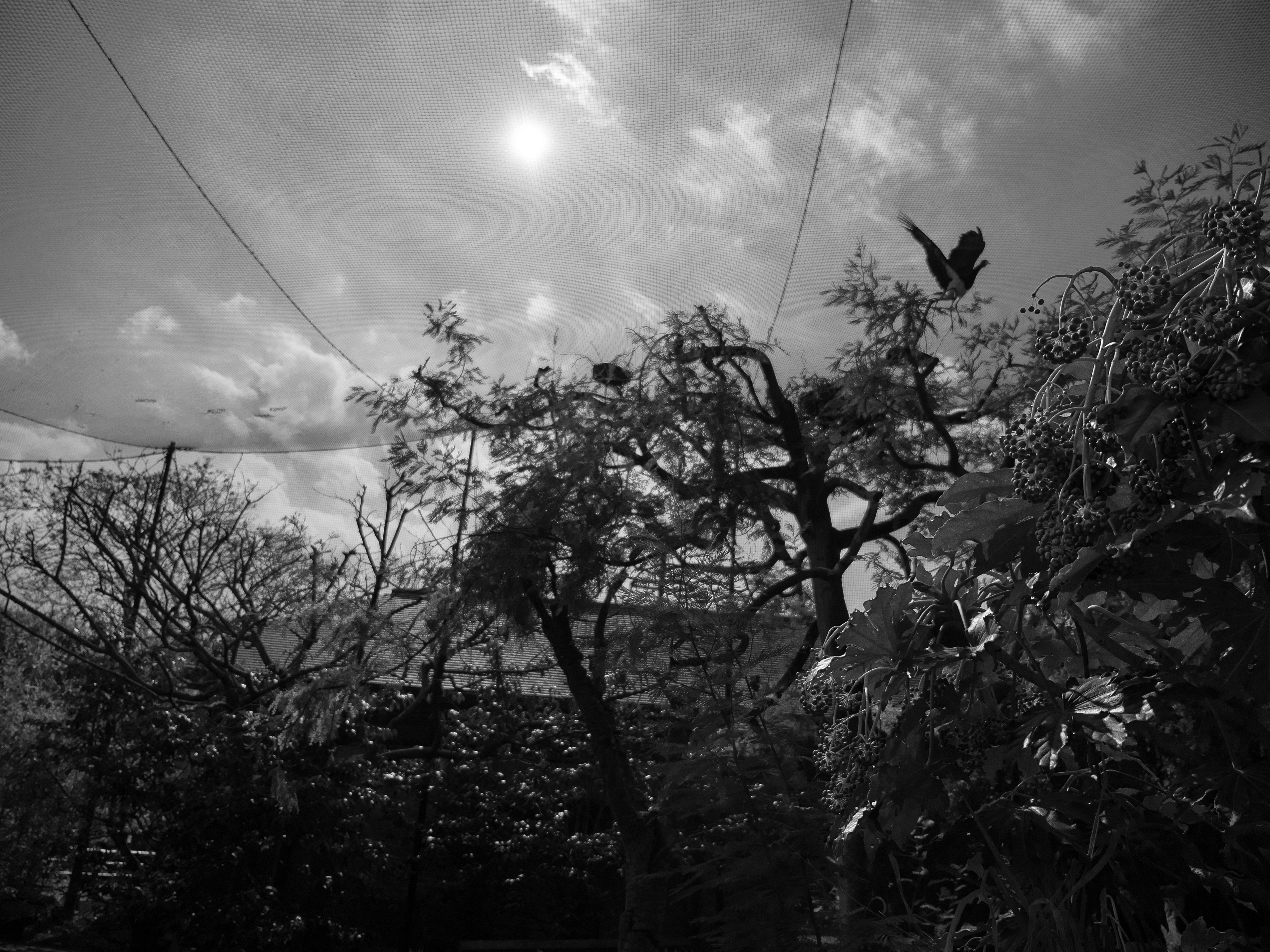
Various species of birds. Life in captivity is often a death sentence for birds; Meant to fly and have vast areas as their natural environment, confinement causes birds to have temper tantrum and mood swings.

Ruppell’s vulture. Captivity causes birds to suffer from chronic stress. Studies show the negative impact of captivity on birds after only ten days. (Dickens et al, 2009)

Komodo dragon. Zoo visitors yelling and banging at the cage windows can be an extremely traumatic and repeated experience for animals.
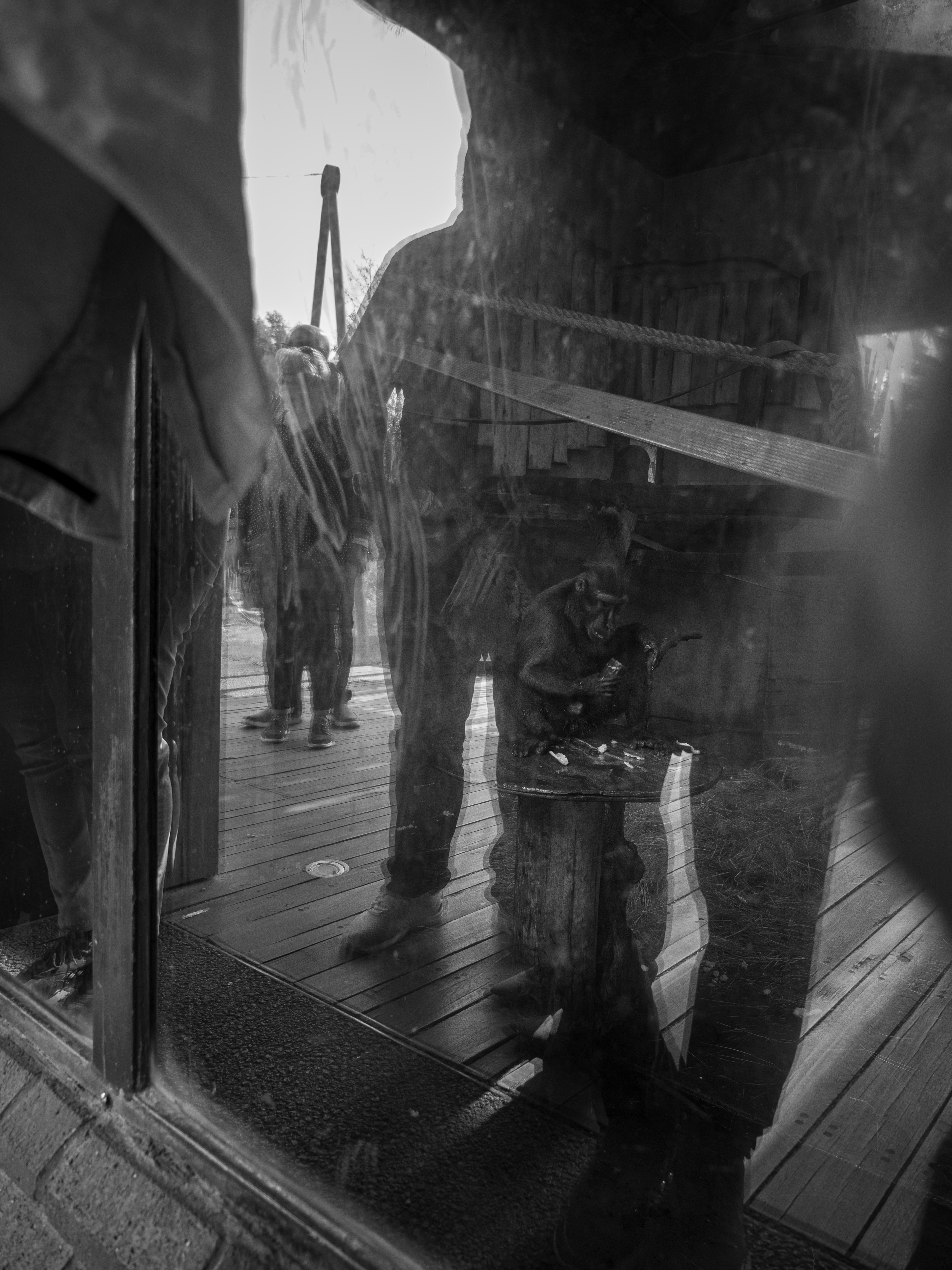
Celebes crested macaque. The presence of people that are unfamiliar to the animals as well as their movements, sounds and smells can elicit stress responses.
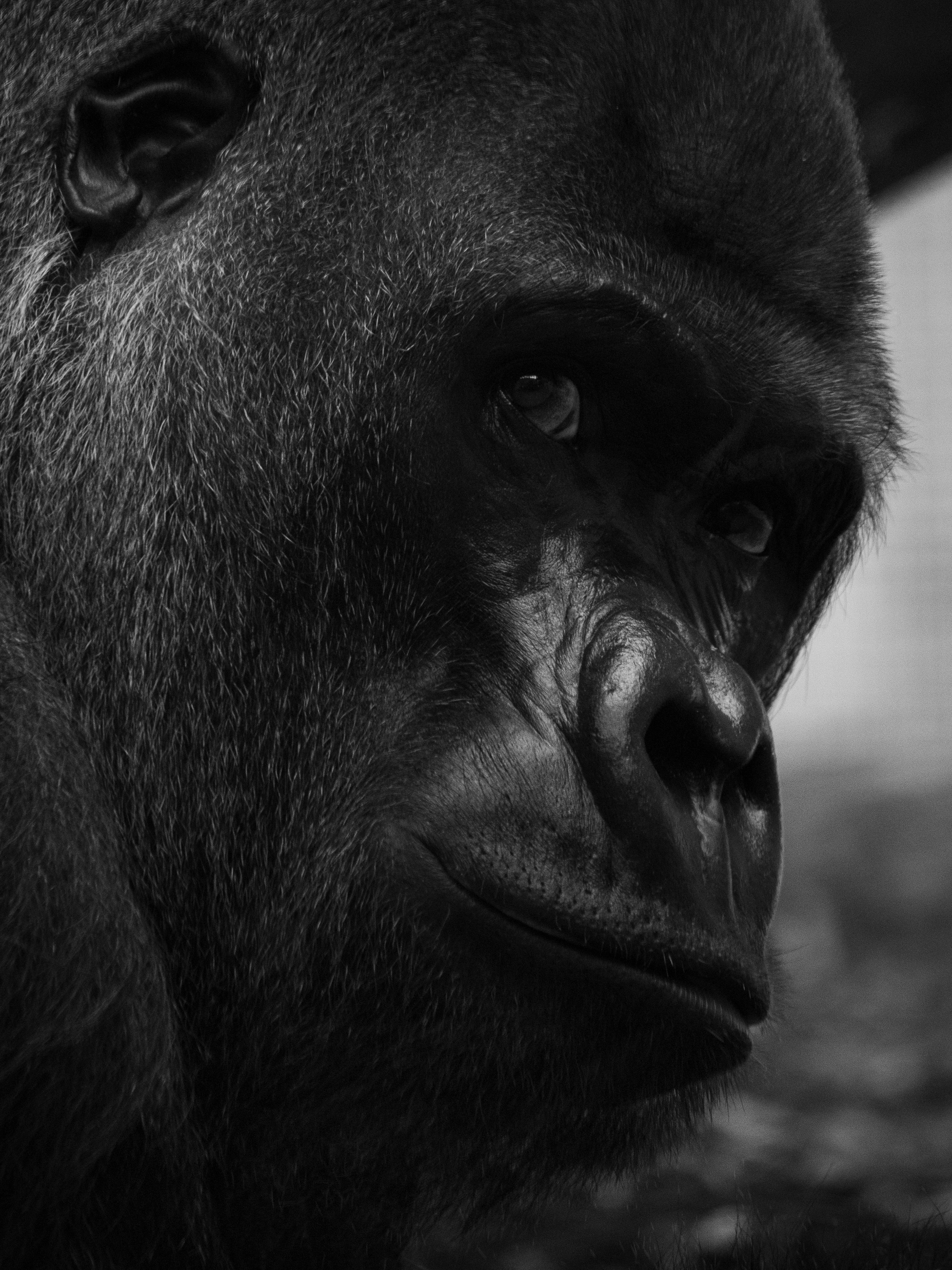
Eastern lowland gorilla. Due to vigilance and fear, animals have highest levels of cortisol and stress hormones, which has a negative impact on their welfare.

Red sea star. Nothing can compare to the vastness of the oceans, not even the biggest of fish tanks.

Humbolt penguins. The very small facilities do not allow penguins to show their natural behaviour. In nature they hunt in groups and can reach speeds of twenty kilometres per hour with depths of up to 60 feet.
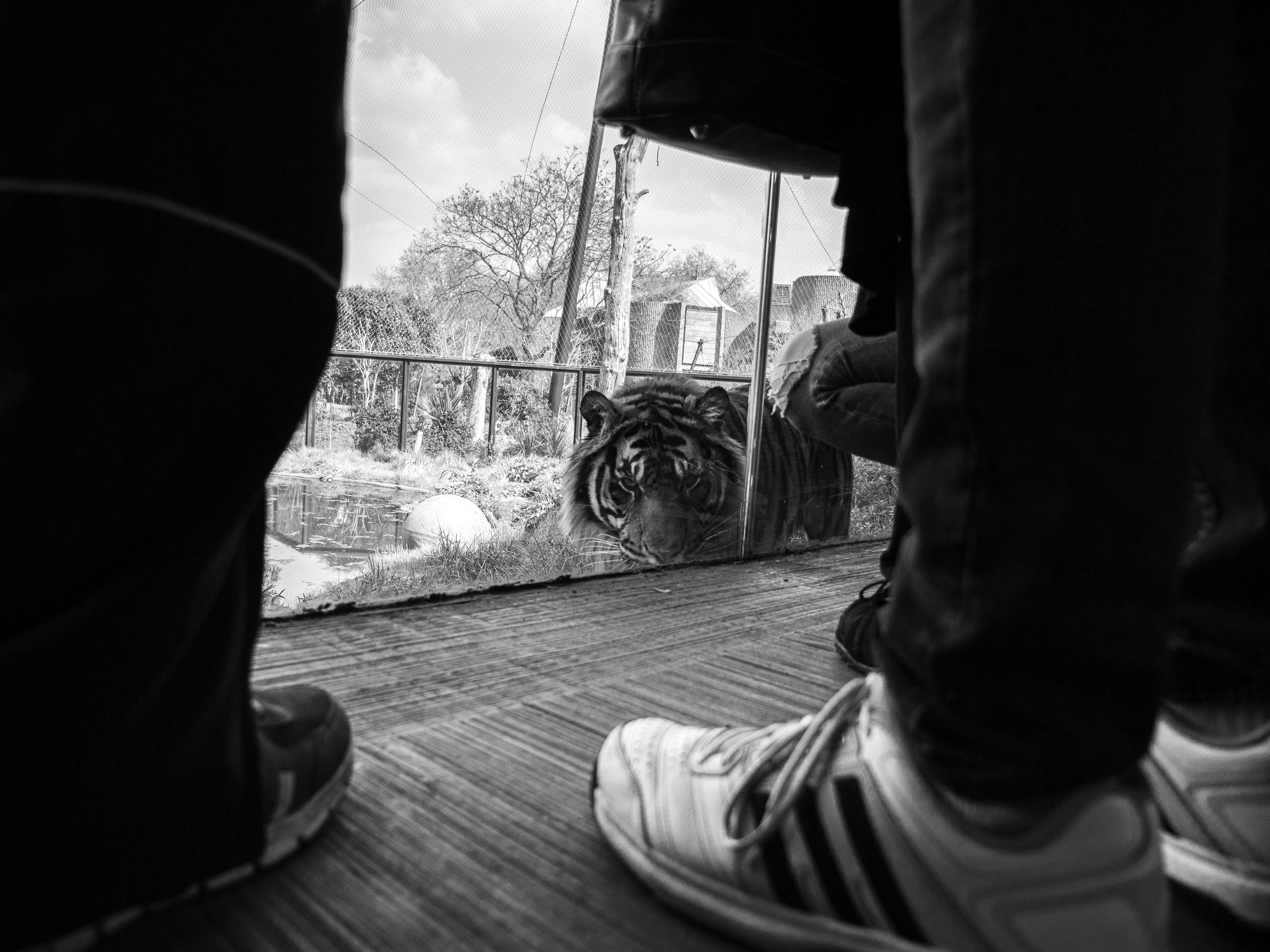
Sumatran tiger. Tigers and Lions have around 18,000 times less space in zoos than they would in the wild.
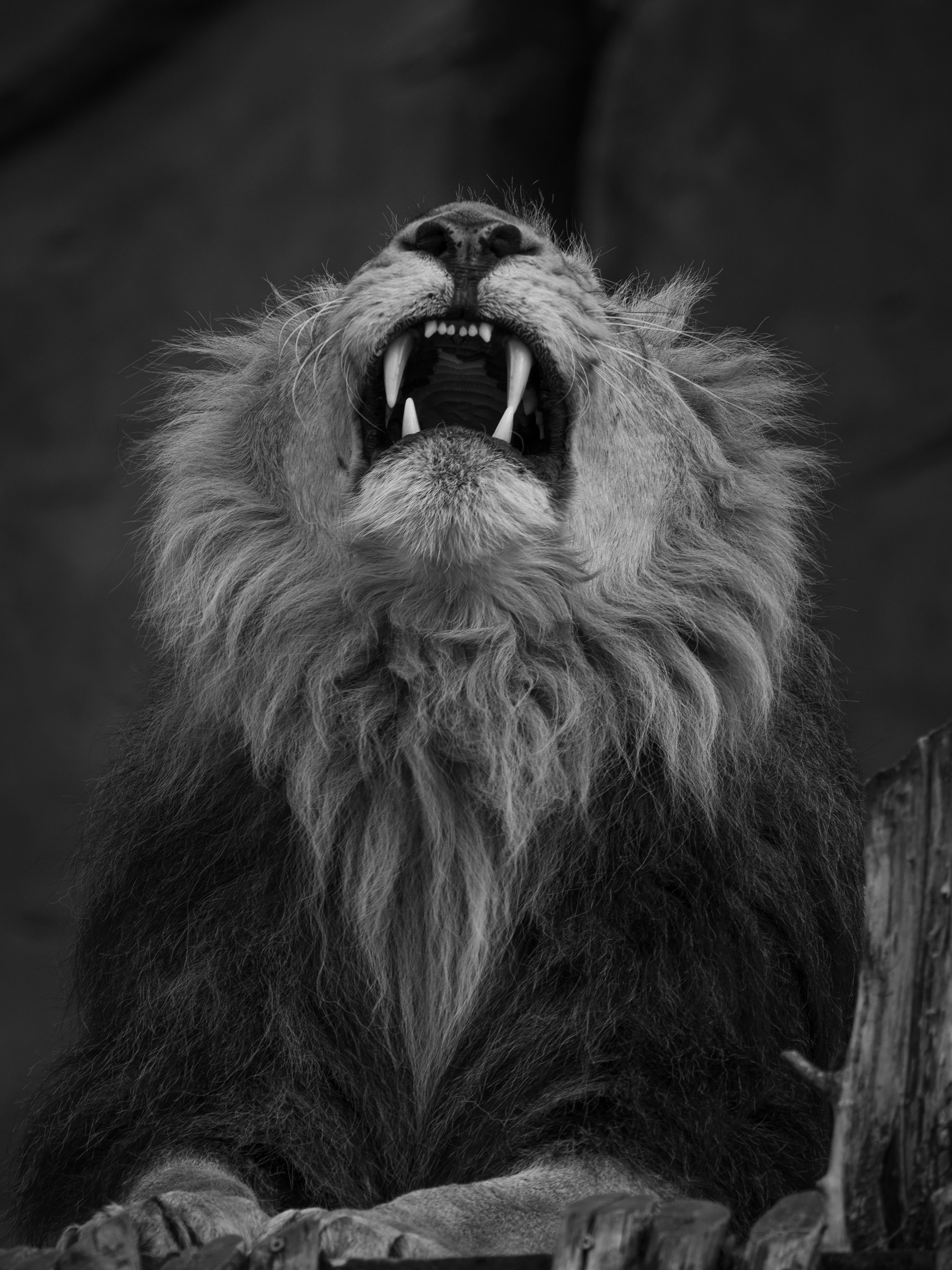
Asiatic lion. Lions lose their natural hunting instincts and show recognised signs of behavioural problems such as pacing and lack of interest in activities they would normally enjoy.
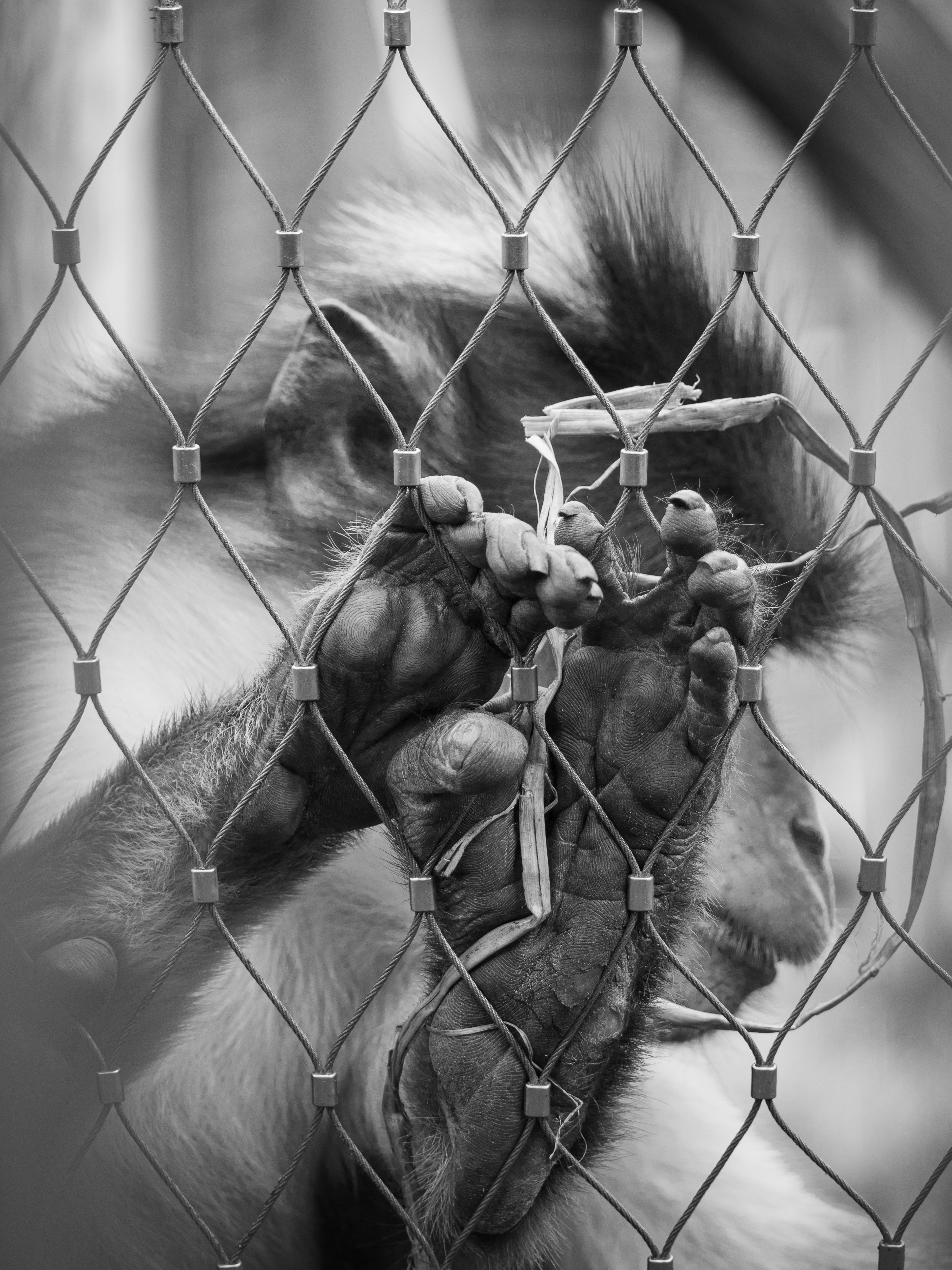
White naped mangabey. Monkeys hold onto the metal fence which limits their freedom.
Outtakes

Outtake 1
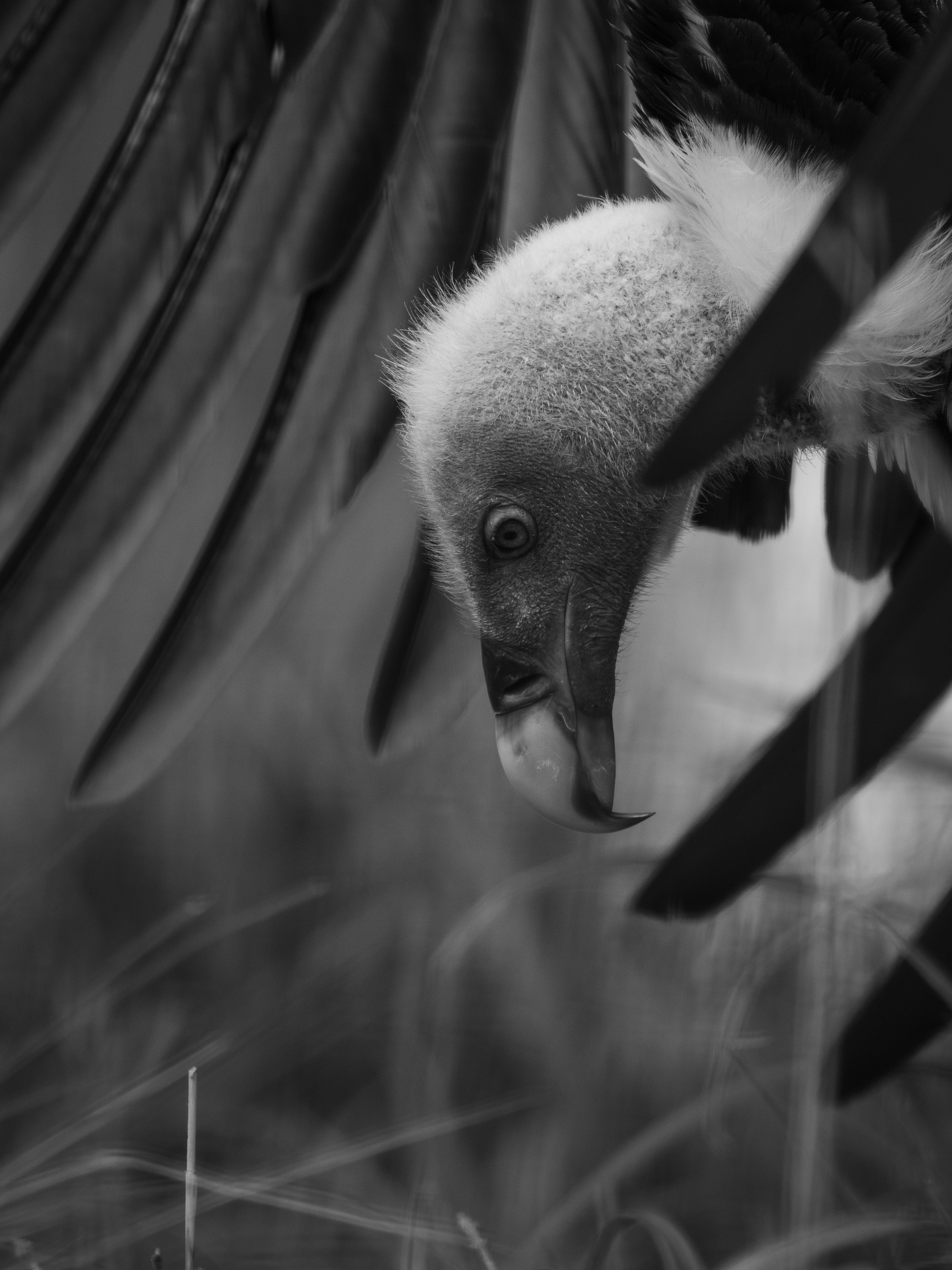
Outtake 2

Outtake 3
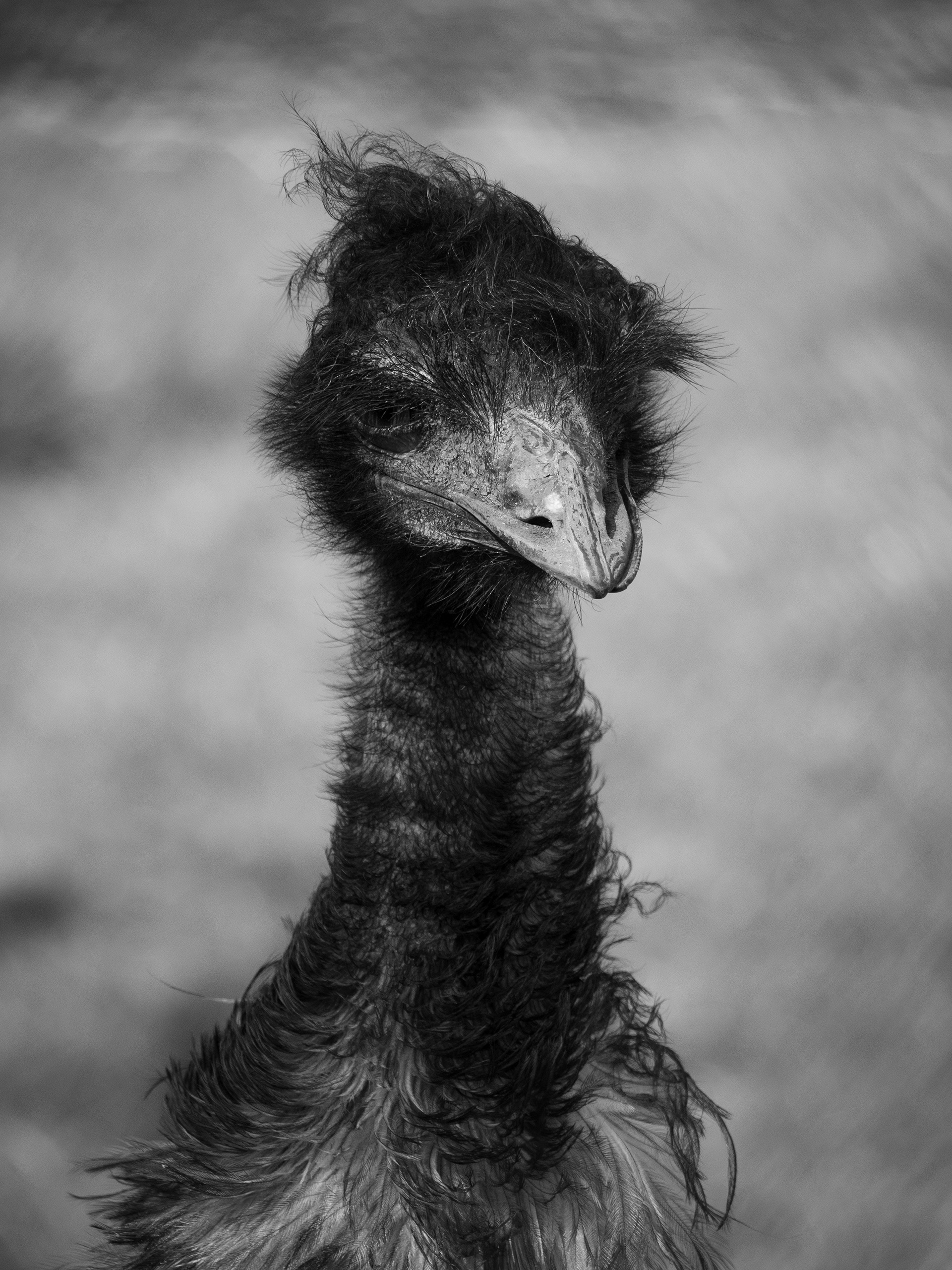
Outtake 4
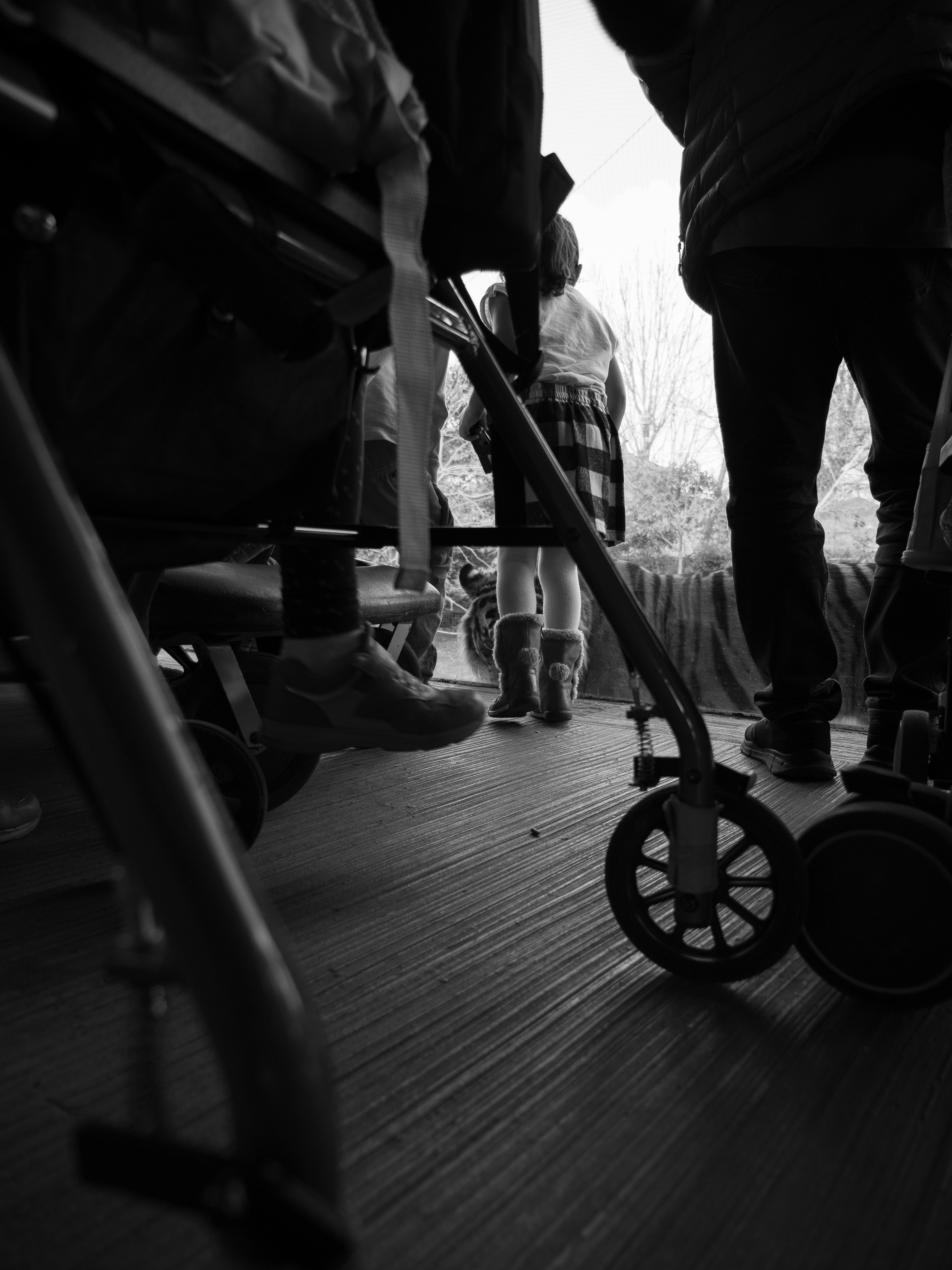
Outtake 5
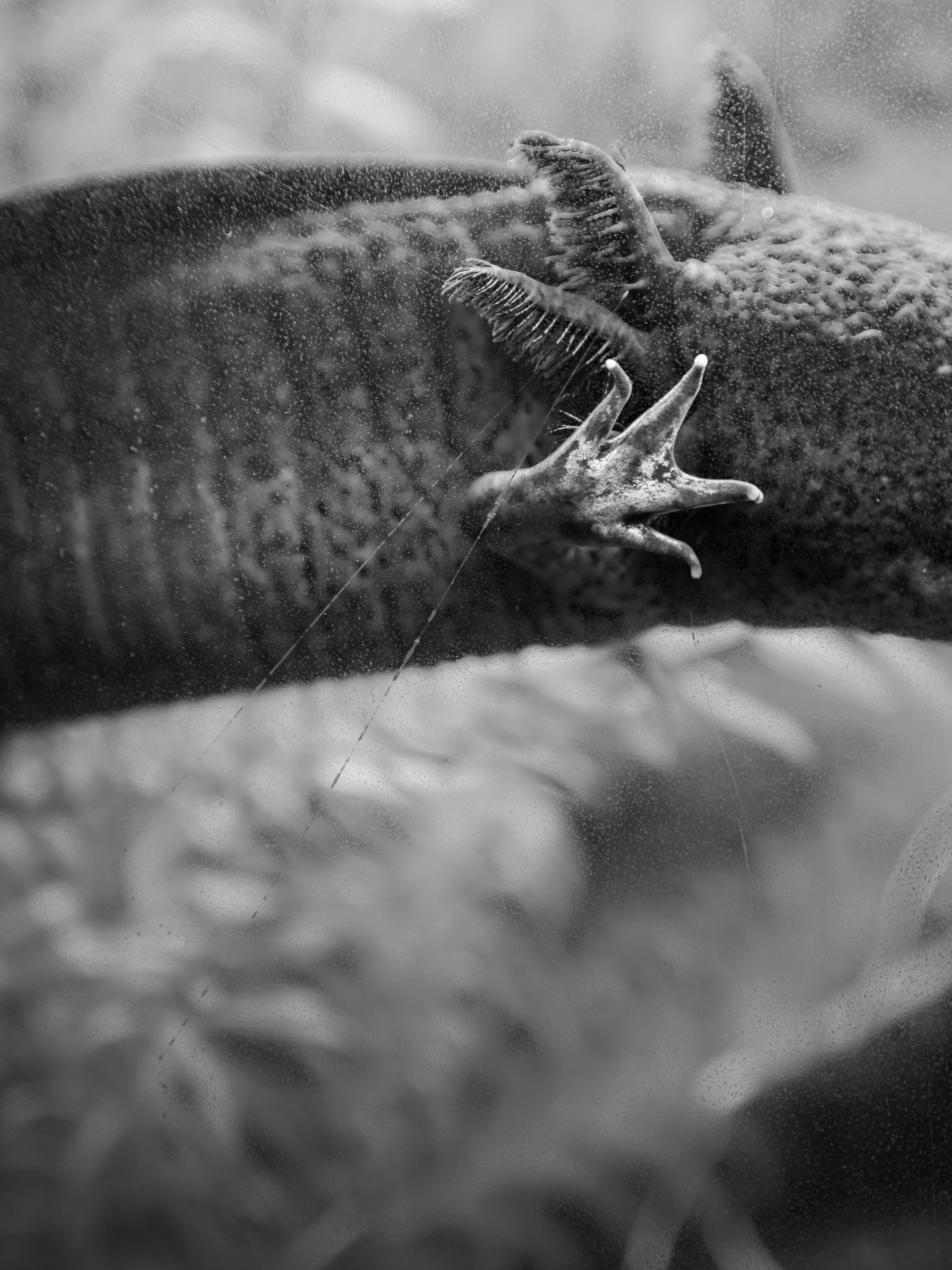
Outtake 6
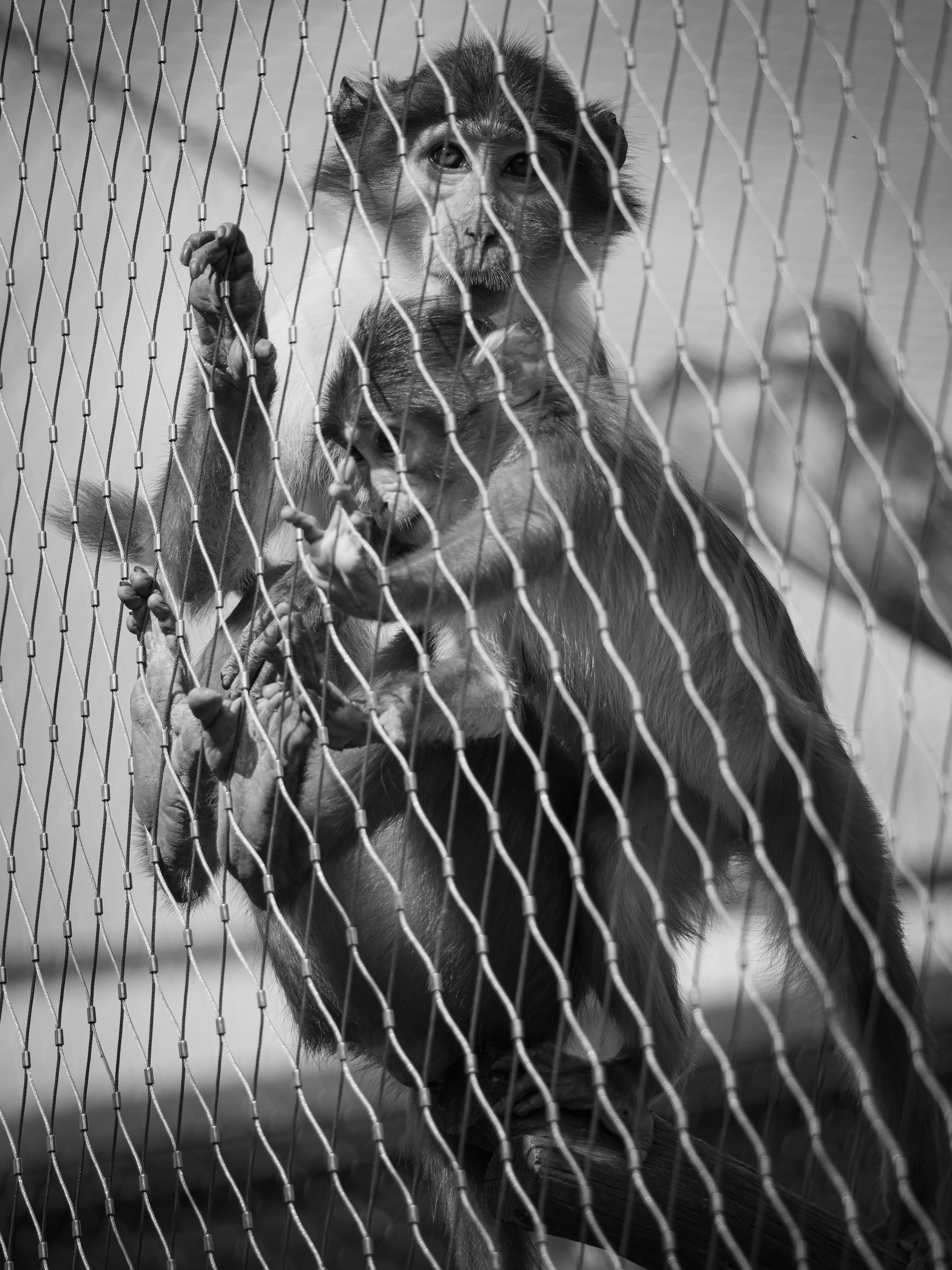
Outtake 7
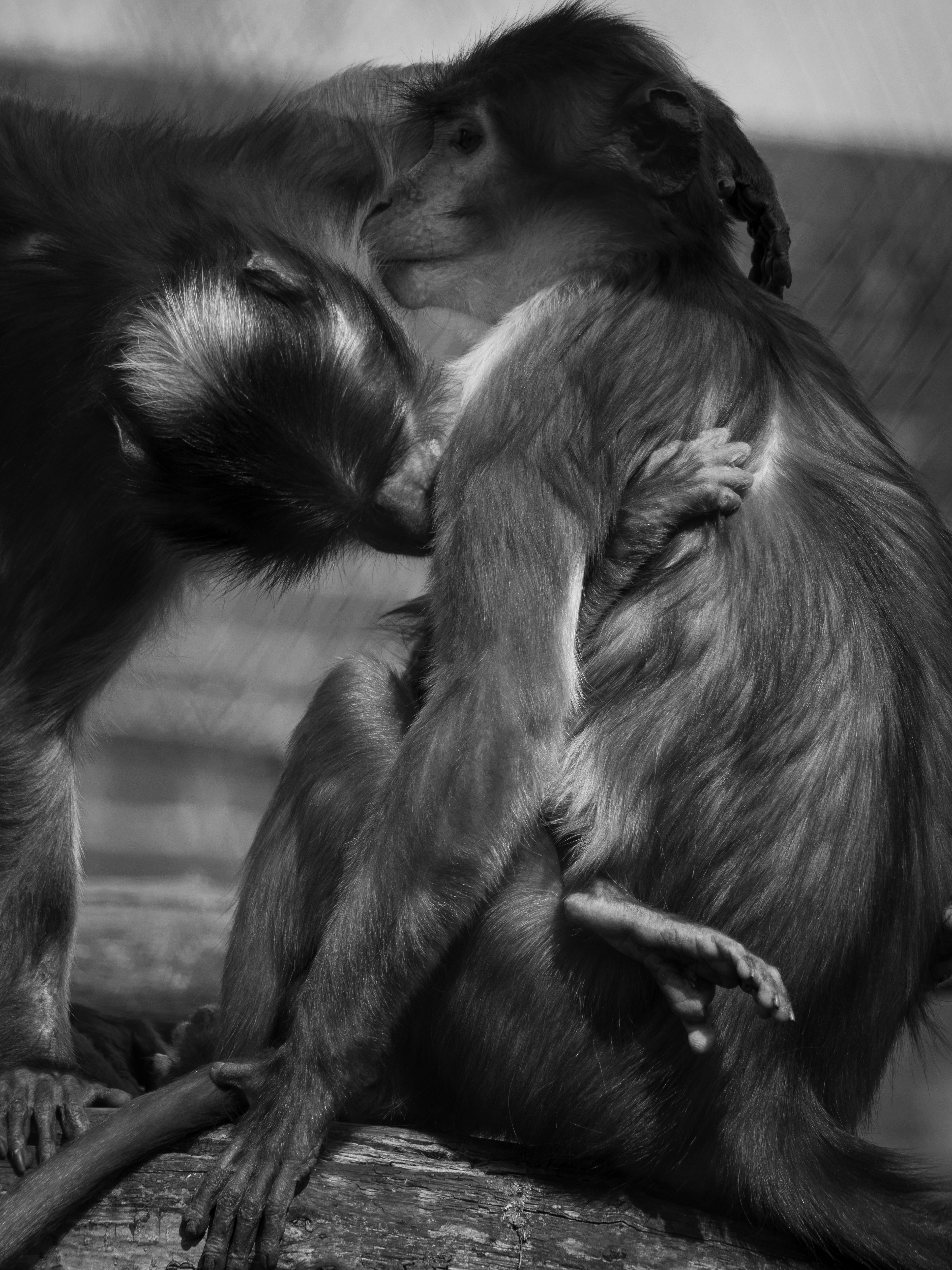
Outtake 8
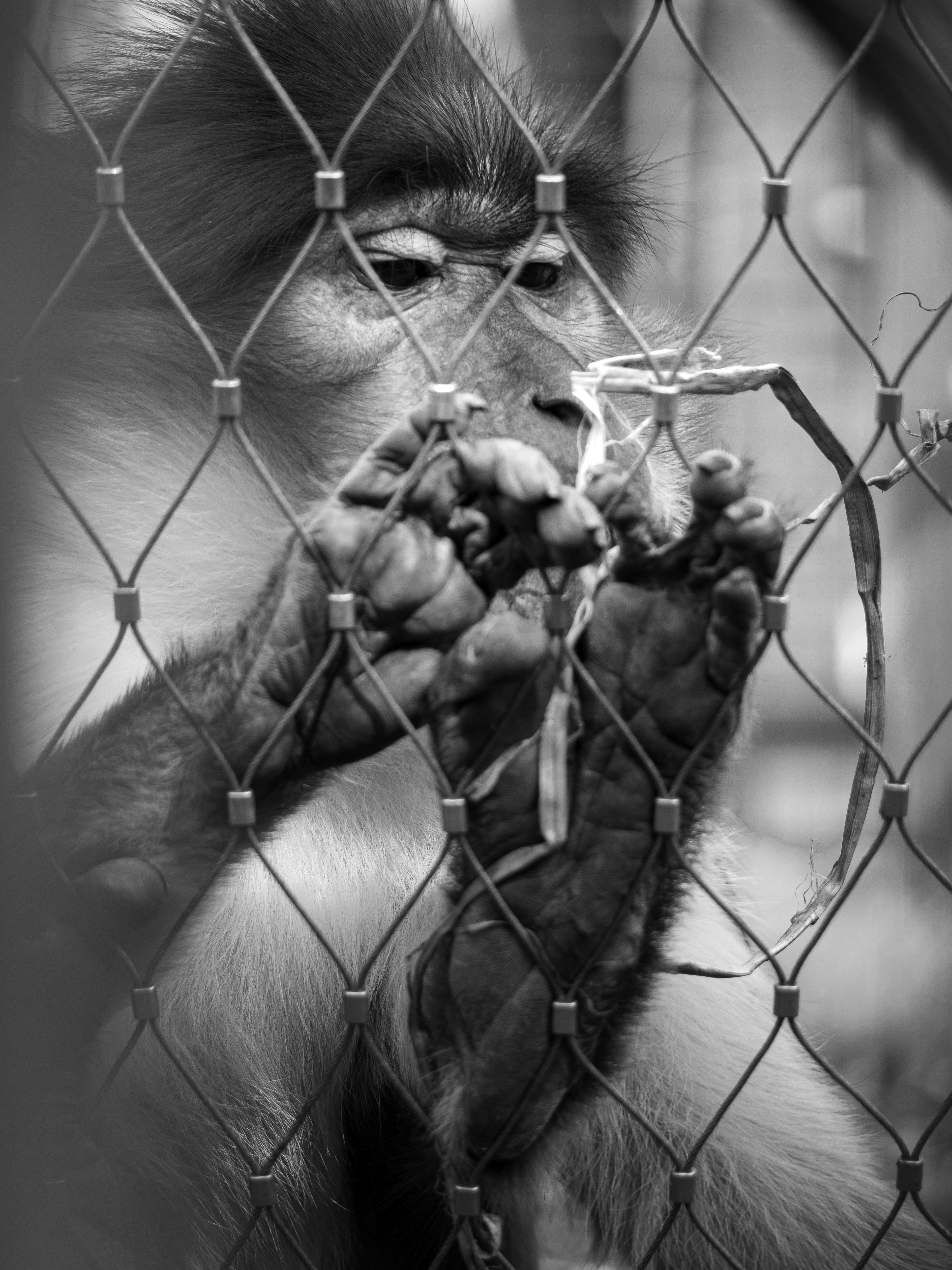
Outtake 9
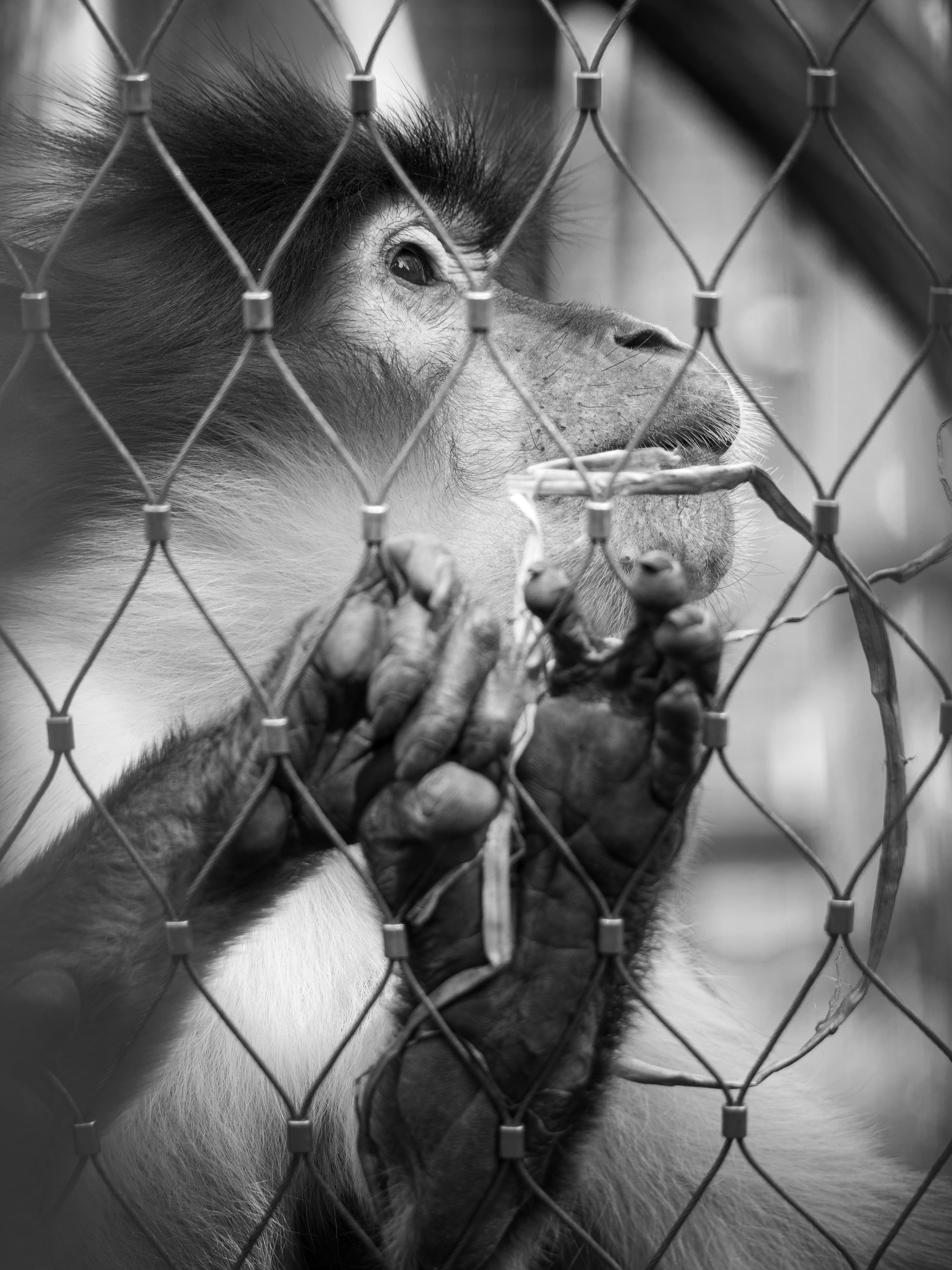
Outtake 10
Joseph
‘Joseph’ is a photo-story about my brother’s journey in a number of psychiatric clinics. His troubled one-year experience has come to an end on Saturday 26, 2019; last Saturday, two days ago, from the time this text has been written. His hospitalisation has ended because of a lack of communication between healthcare and government; despite his behavioural issues not yet being solved.
‘Joseph’ wanted to express the struggle of a family while giving highlights of his personality, but with the recent news about his hospitalisation, the photo-story also wants to take on a tone of critic towards a not enough well organised Italian healthcare system (although, traces of it are only found in this introduction, as no picture has been replaced from the original edit).
To a larger and more conceptual extent, ‘Joseph’ is meant to be a metaphor for the human mind. We could relate the human psyche to a cage, which we desperately try to escape from. However, no matter how we try to deceive ourselves (JT_04, JT_05, JT_06, JT_07), it is in fact that cell (represented by the clinic, picture JT_08) that we have to return, if we want to truly face and solve our deepest fears and problems.
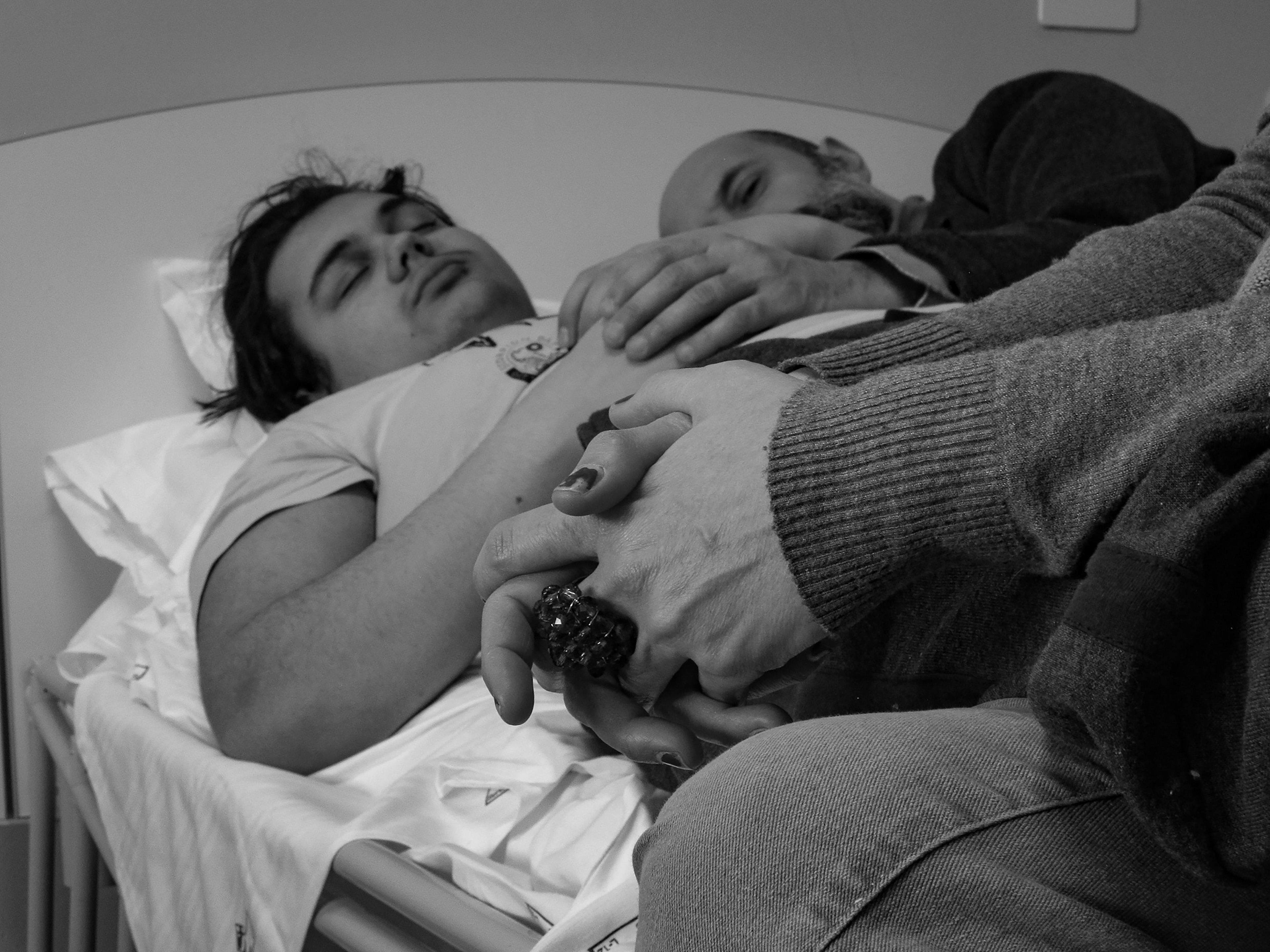
JT_01 Sara Spotti, 44; Joseph Toto, 15; Francesco Toto, 45; Psychiatric department of the hospital of Cremona, Italy, February 12, 2018. The whole family takes advantage of a quiet moment on a daily visit during a critical period of intense crisis.

JT_02 Sara Spotti, 44; Train to Cremona, Italy, February 25, 2018. Exhausted from a long day spent in the psychosocial youth rehabilitation centre ‘Ospedale Villa Santa Giuliana’ of Verona (120 km away), Sara tries to recover some sleep lost as a consequence of Joseph’s transfer to the centre.

JT_03 Joseph Toto, 16; Sara Spotti, 45; Neuropsychiatric childhood and adolescence centre ‘Villa Santa Maria’ of Tavernerio, Como, Italy, December 26, 2018. Joseph exiting the clinic with his mother when allowed a 3-day home stay.
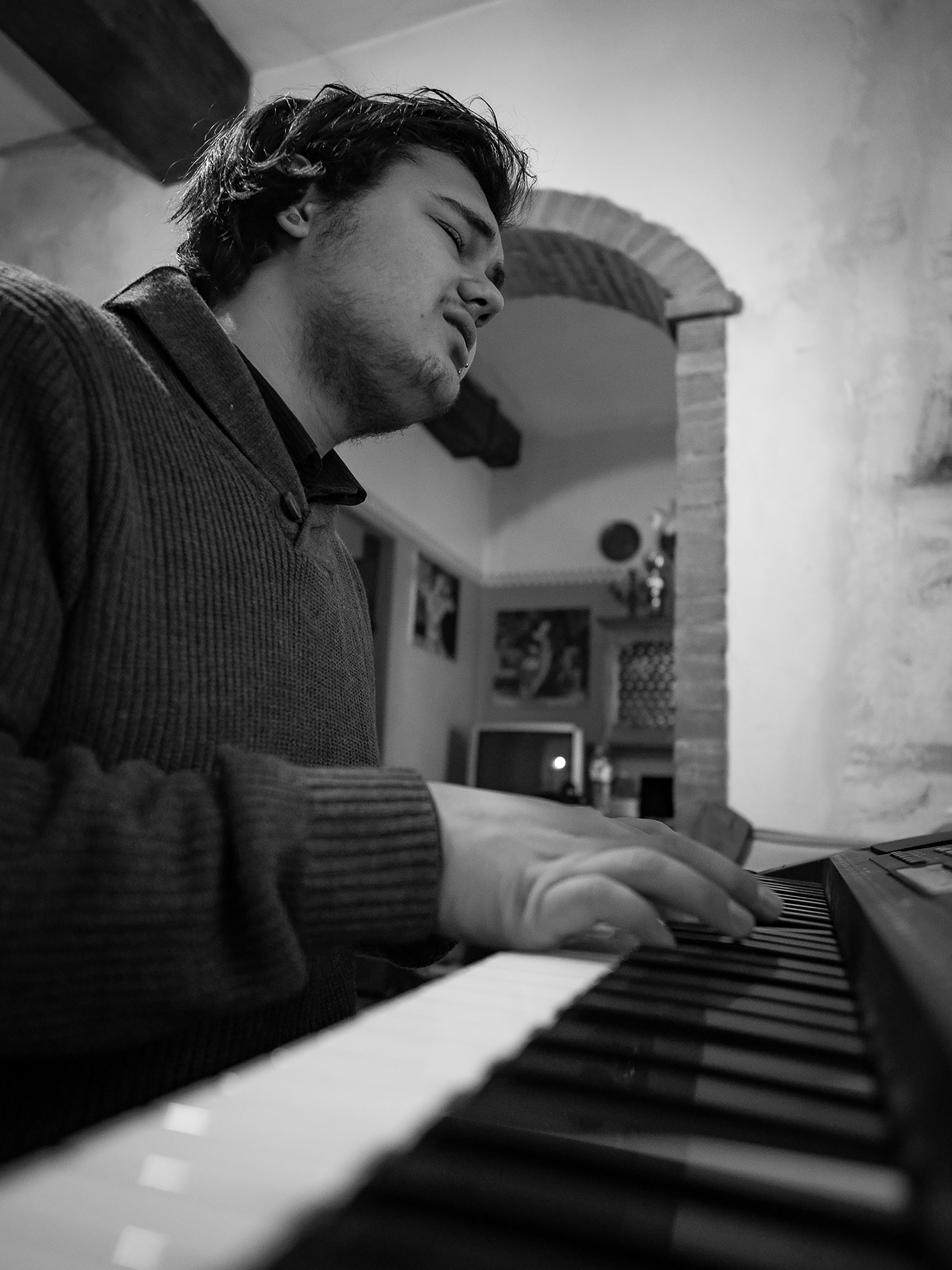
JT_04 Joseph Toto, 16; Joseph’s grandparents’ house, Cremona, Italy, December 31, 2018. One of Joseph’s greatest passions is music. He plays the piano whenever he finds himself to be in a negative mood. ‘The piano is a part of me’.
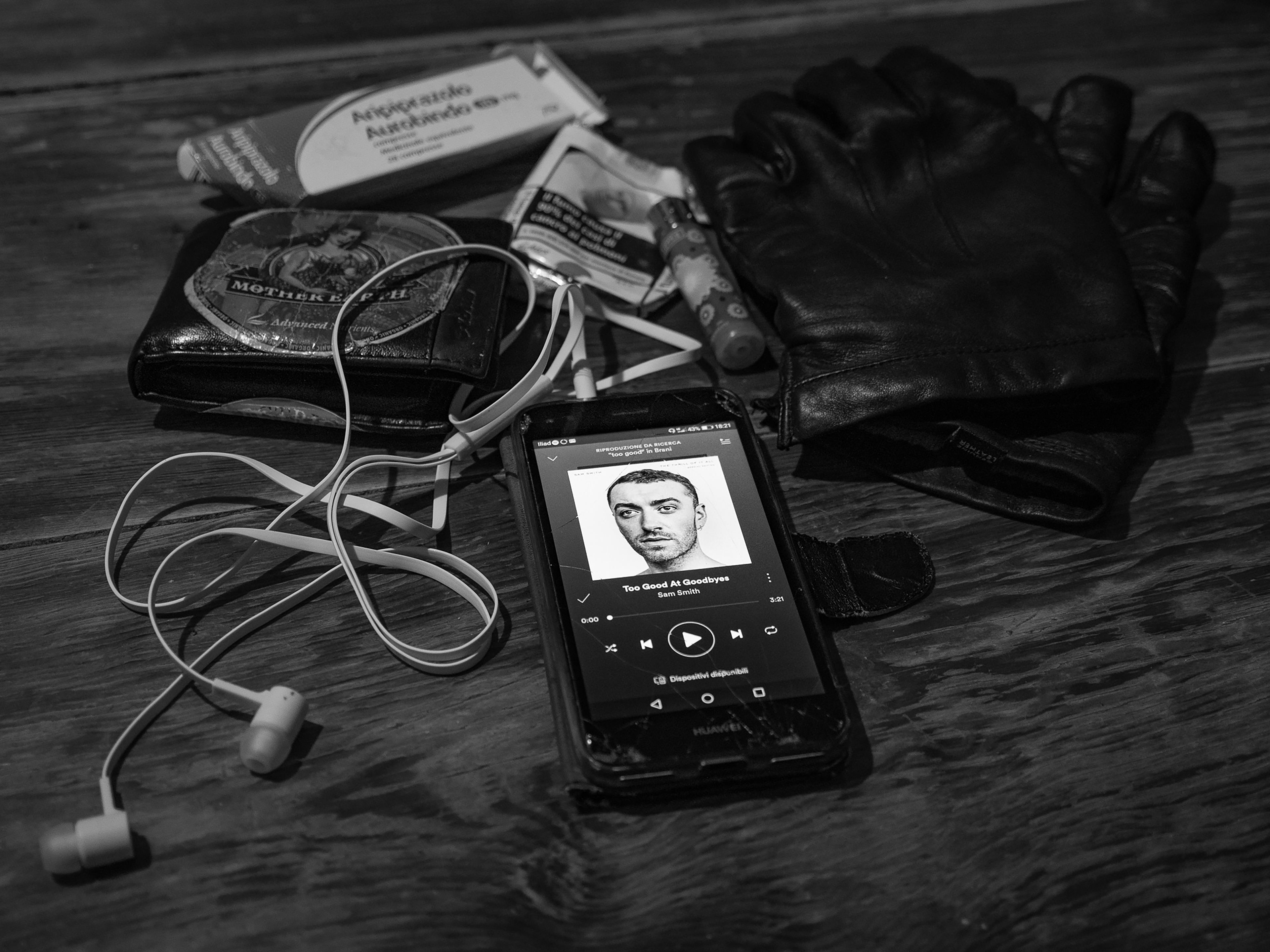
JT_05 Joseph’s mother’s house, Cremona, Italy, December 26, 2018. These are the objects Joseph always has on him: his earphones with his favourite song playing on his phone; his leather gloves; his lighter with his cigarettes; his wallet and his psychiatric medications. ‘I would like to get rid of three of these objects; my lighter, my cigarettes and especially my medications. I am not ashamed or afraid of saying, even screaming, that I am not ill’.
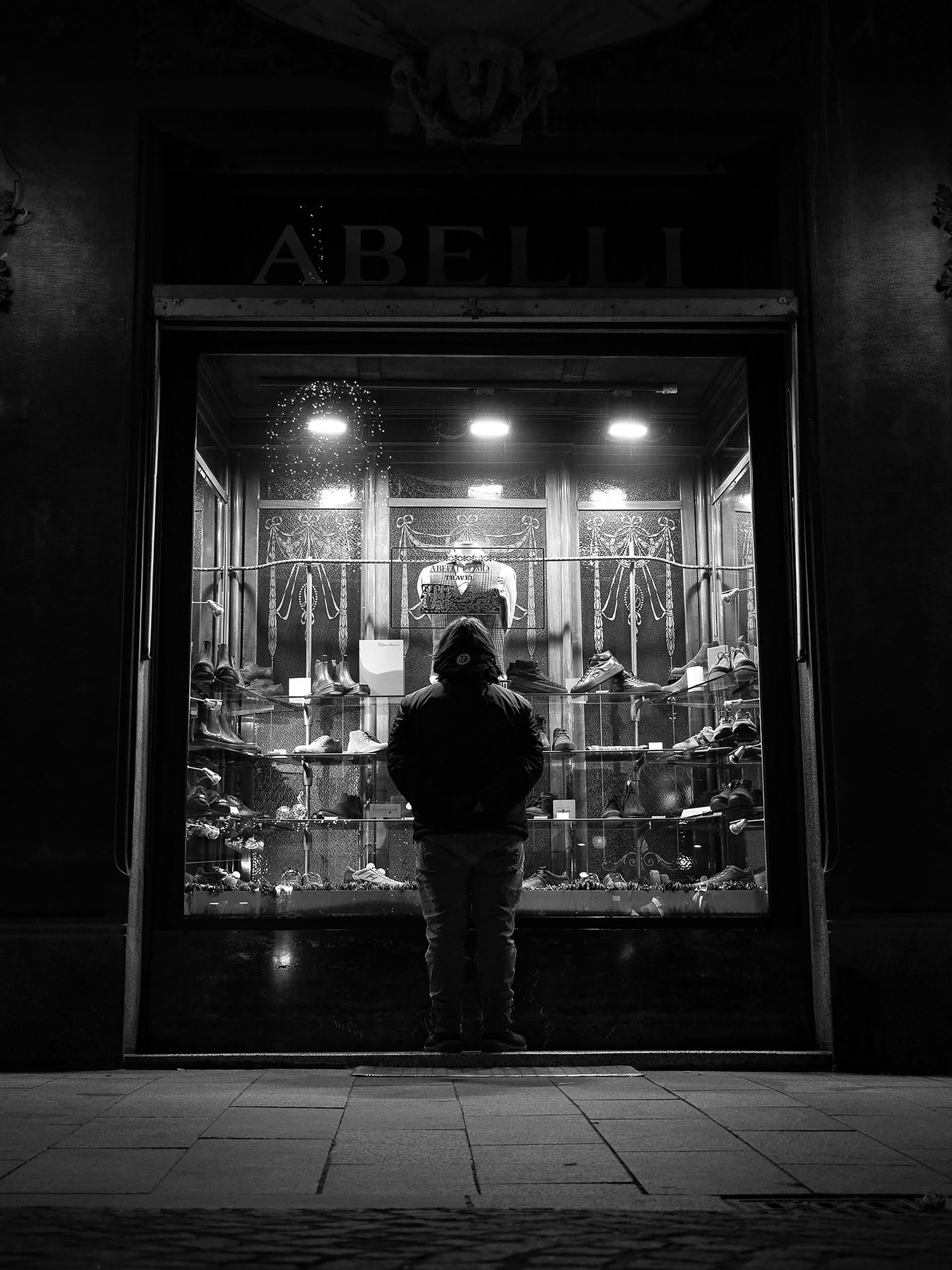
JT_06 Joseph Toto, 16; Corso Campi, Cremona, Italy, December 27, 2018. Joseph staring at a luxury fashion window shop. ‘I love dressing smart. I use my clothes as a tool for expressing myself, what I do and how I feel’.
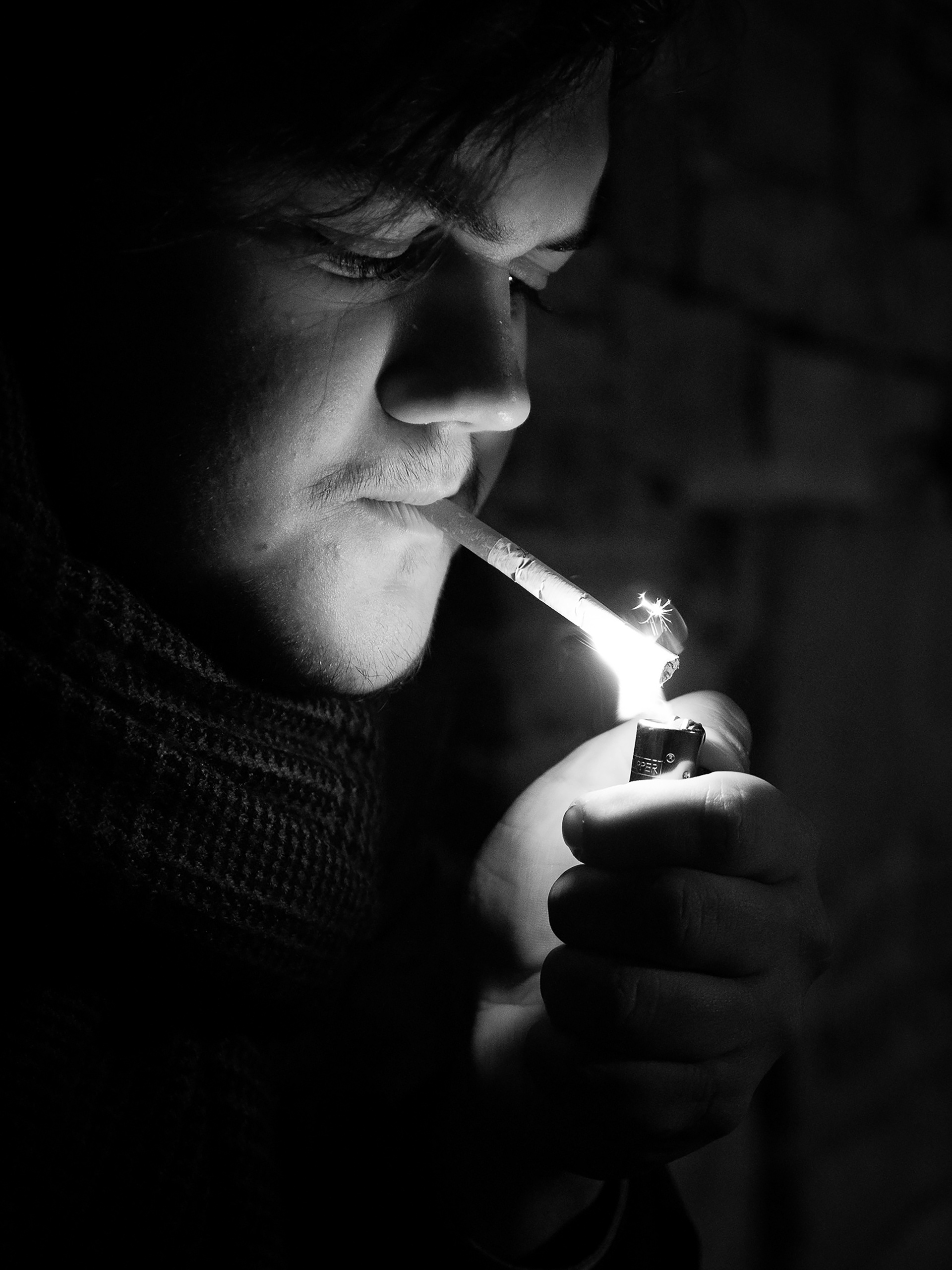
JT_07 Joseph Toto, 16; Viale XX Settembre, Cremona, Italy, December 26, 2018. Joseph, alone, lighting up a cigarette in one of his favourite places for confidential talks with friends. ‘Is there anything more beautiful, and at the same time also horrible, than smoking?’.
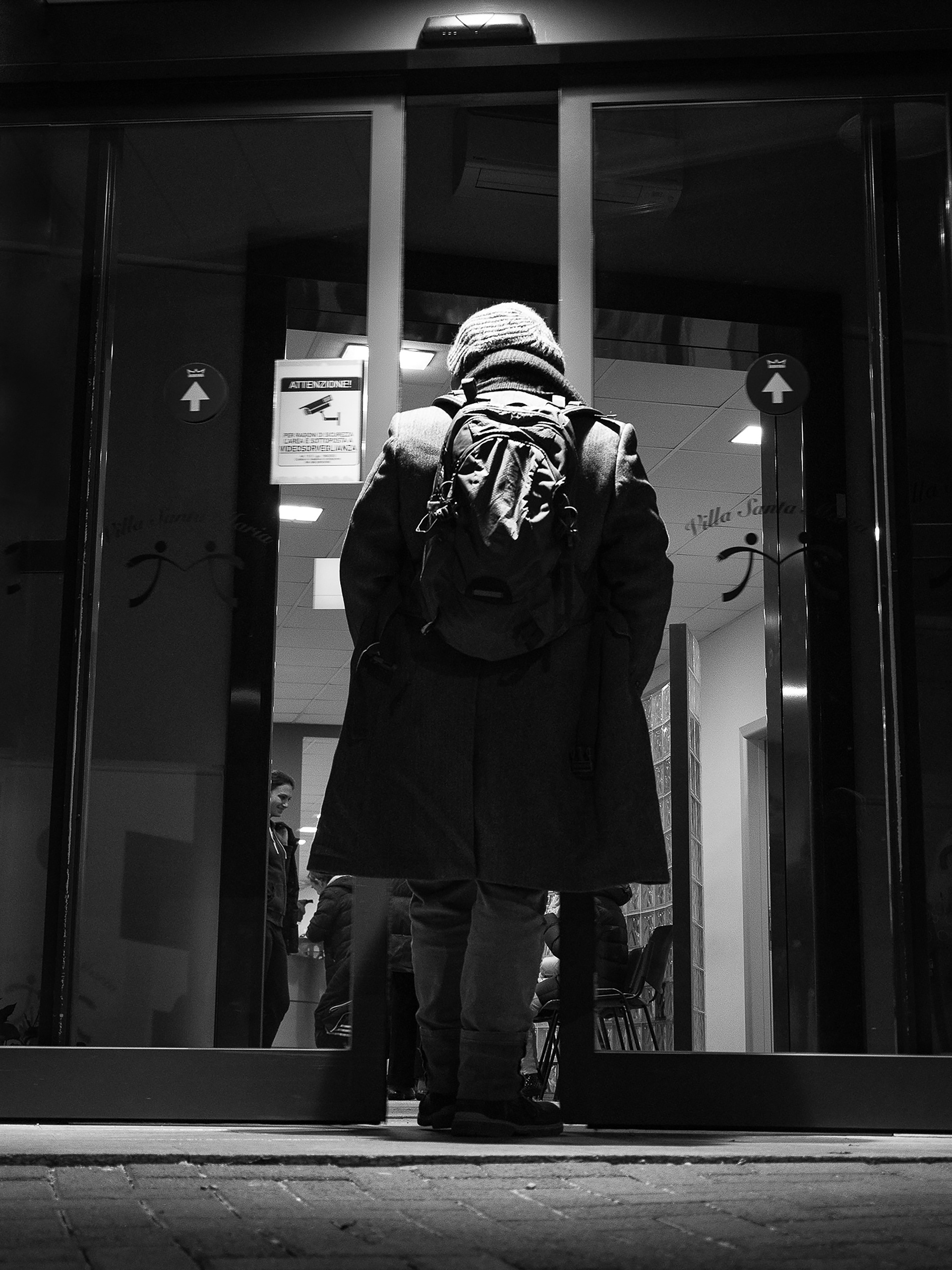
JT_08 Joseph Toto, 16; Neuropsychiatric childhood and adolescence centre ‘Villa Santa Maria’ of Tavernerio, Como, Italy, December 31, 2018. Joseph returning the clinic. ‘My hands are cold’.
Outtakes

